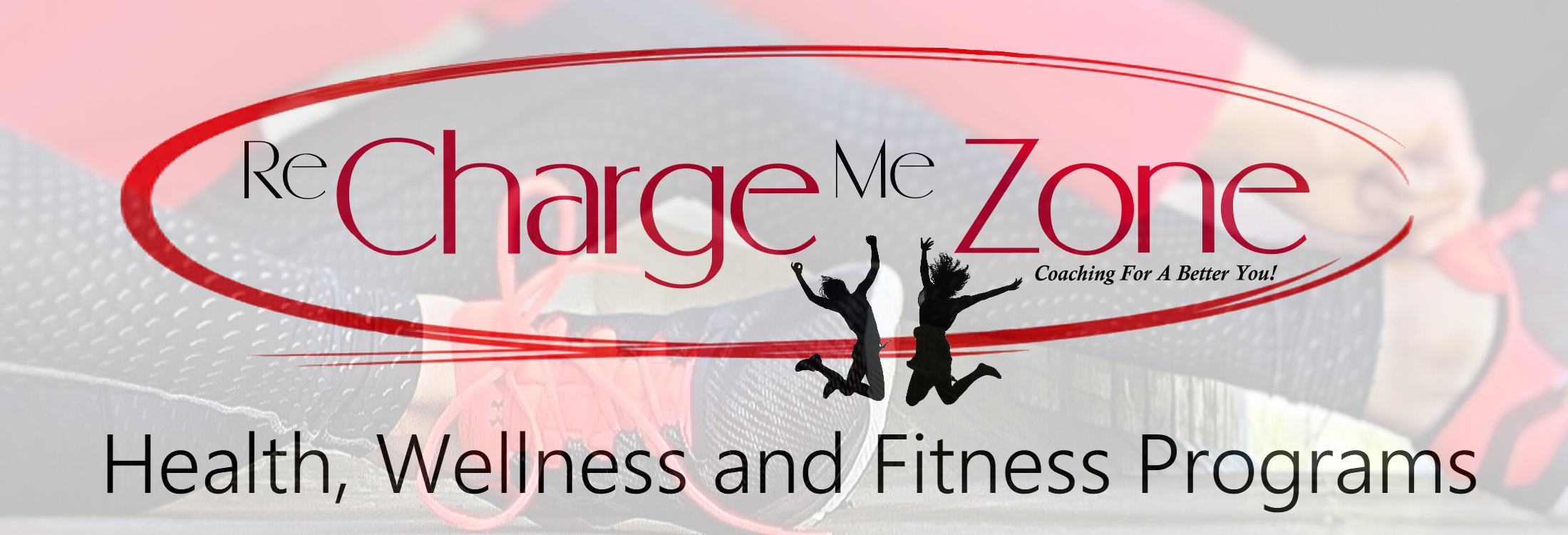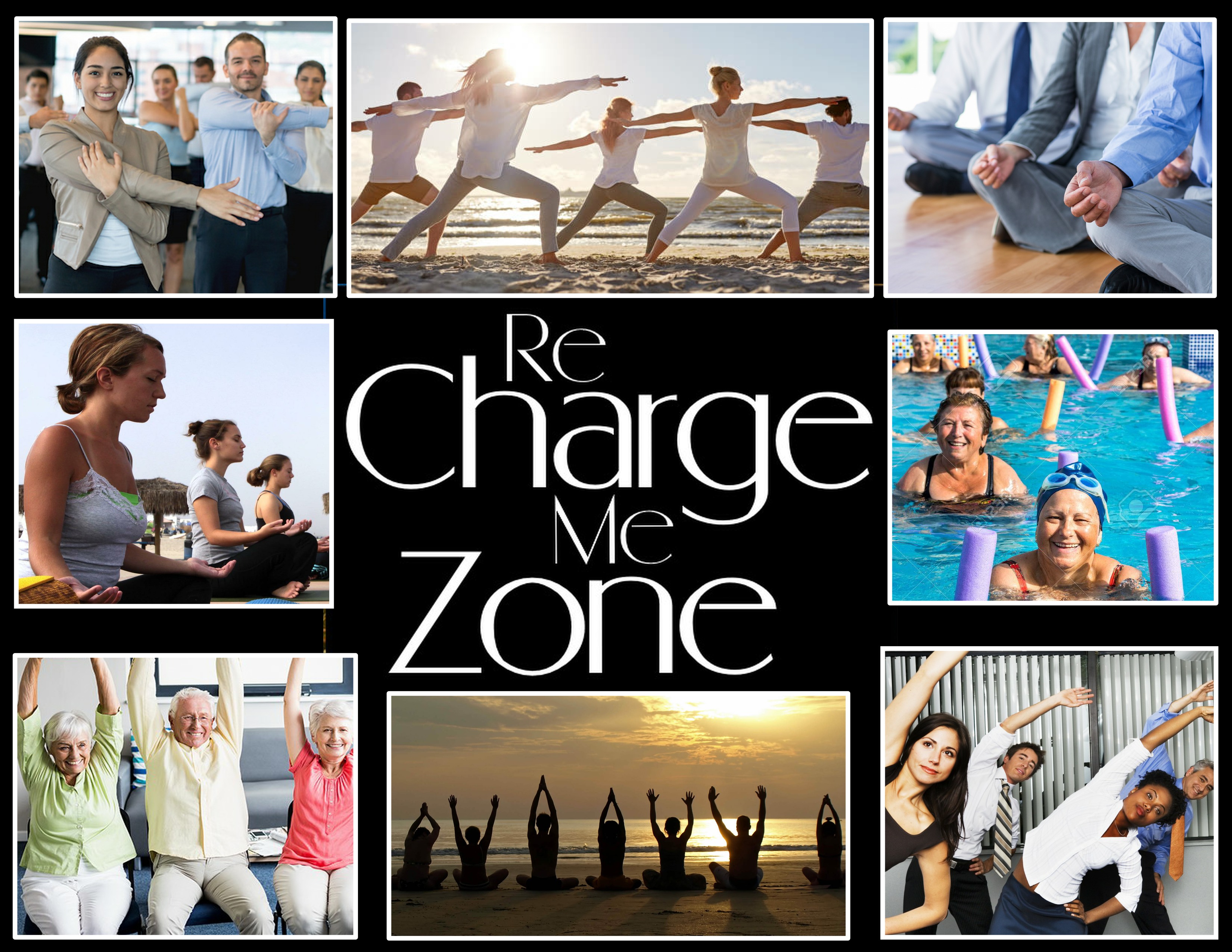Have you ever thought about how the first thing we do when born is inhale and the last thing we do is exhale when we die? What if I told you all the breaths taken in between can help with stress reduction, better sleep, control our emotions, improve our attention, and make life better? A growing number of studies show that breathing techniques are effective against anxiety and insomnia. These techniques stimulate the parasympathetic nervous system, which is your rest and digestive system. A Stanford study has shown how slow breathing induces tranquility.
Although breathing is essential, we often overlook it when evaluating our health. Breathing happens automatically, so we don’t think about how we can control it through exercises to increase our well-being. Physiology researchers have found that mindful breathing can lower blood pressure, strengthen the immune system, and boost metabolism, while psychologists have found that breathing exercises can combat anxiety and depression.
Breathing is something that we all do without realizing it. We breathe in and out about 22,000 times a day. We are powered by breathing. But for many of us, we are gasping for air, shallow breathing, or even holding our breath. This is because we are more connected to the sympathetic nervous system. Your sympathetic nervous system is a network of nerves that helps your body activate its “fight-or-flight” response. This system’s activity increases when you’re stressed, in danger, or physically active. The sympathetic nervous system keeps us safe and, on our toes, but many of us spend too much time there. This can lead to high blood glucose levels, type 2 diabetes, high blood pressure, cardiovascular disease, obesity, anxiety, and depression. So, we also need to have tools to help us calm our breath.
Recently, I came across a TED Talk by Yoga instructor, Lucas Rockwood, who talks about different breathing techniques that can help you change the way you feel. He calls these three different breaths Water, Whisky and Coffee breathing. This practice would be done at different times and not all together, as each has a different purpose.
Water Breathing
Water is something we need every day. Water breathing is about balanced breath. It is to help you feel calmer and more grounded. You will be slowing your breath down and taking deeper breaths. If you’re feeling stressed, it will calm you down. If you’re feeling sad, it will make you feel lighter. If you’re feeling jittery, it will ground you. This breath evens out how you’re feeling. This type of breathing technique can be done anywhere at any time. This breath is always suitable and totally safe. Everyone should be able to practice this and definitely could benefit from it.
Practice Water Breathing by inhaling through your nose to the count of 1-2-3-4. Exhale through your nose to the count of 4-3-2-1. Repeat for at least 10 rounds (approximately 5 min).
Whiskey Breathing
This breath is to slow things down and chill you out, like a smooth glass of aged whiskey. When we slow the breath down, we stimulate the parasympathetic nervous system. When we move away from the sympathetic nervous system, we slow down the heart, we improve digestion, reduce tension, and improve mental health. This is the type of breath to use when you want a deeper sleep, calm down after a stressful day, or digest a big meal. This technique is best done at home or in a place where you can remain quiet and calm. Not while driving.
Practice Whiskey Breath by moving into a comfortable position, either sitting or lying down. Inhale through your nose to the count of 1-2-3-4. Exhale through your nose to the count of 8-7-6-5-4-3-2-1. Repeat for at least 10 rounds (approximately 10 min).
Coffee Breathing
This breath is the opposite of whiskey breath. It stimulates the sympathetic nervous system. Although it was mentioned earlier that we are in the sympathetic nervous system too often, we do need balance. This is a breath to get you moving. This style of breathing may be helpful if you need help to wake up in the morning, using before exercise, or a task where you need to be focused and alert.
Coffee breath involves passive, normal inhalations, and powerful, rapid exhalations. This style of fast breathing reduces CO2 in the bloodstream. This leads to a constriction of your breathing passageways and veins. Sounds scary but isn’t, if not done, for prolonged periods of time. So, it should be practiced briefly, with care, and only at appropriate times. Never practice while driving.
Practice Coffee Breathing by sitting on the floor or in a chair. Exhale sharply through your nose as if sneezing 20 times. After you force the air out, relax and let the partial inhale happen all on its own. Rest, then repeat the process three times.
If you are interested in learning more, check out the TED Talk: Change Your Breath, Change Your Life | Lucas Rockwood | TEDxBarcelona
“Breathing, according to me, corresponds to taking charge of one’s own life.” – Luce Irigaray
Robin Anne Griffiths–Founder of ReChargeMe Zone * Behavioral Change Specialist * Yoga Instructor * Meditation Facilitator * Personal Trainer * Author * Speaker * Helping people on a journey for change to live a fuller and healthier life. Find out more at www.rechargemezone.com.


